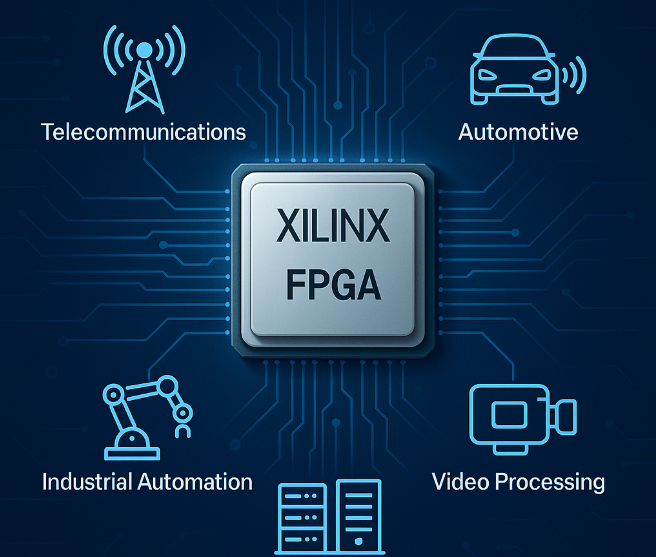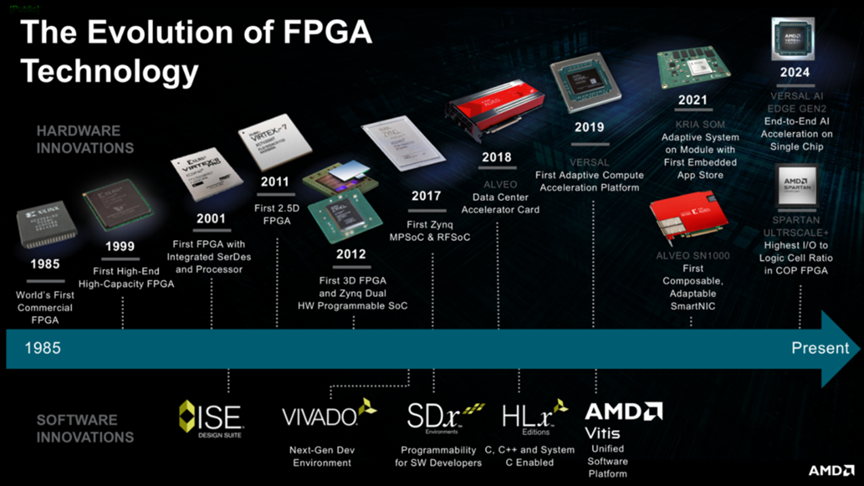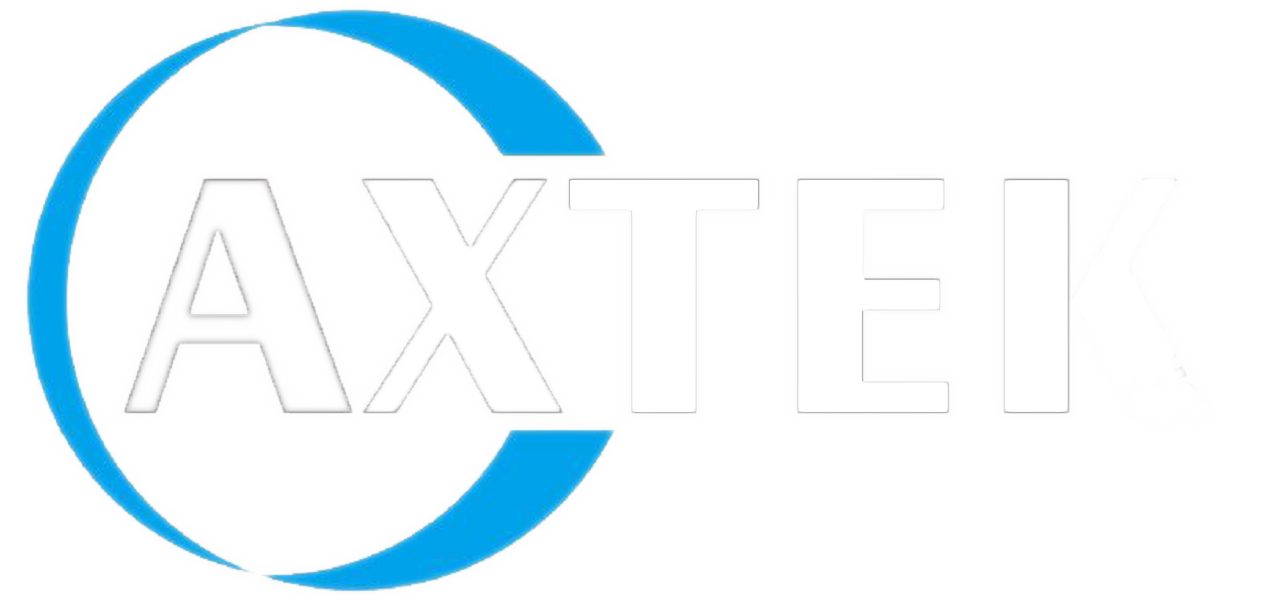Forty years ago, a groundbreaking device revolutionized the way engineers approached logic design. The introduction of the Field-Programmable Gate Array (FPGA) by Xilinx made it possible for engineers to program custom logic circuits directly from their desktops — eliminating the long wait for custom chips from foundries. This innovation fundamentally changed electronics design and paved the way for rapid prototyping, instant corrections, and unparalleled flexibility.
The Birth of FPGA and Early Breakthroughs
In June 1985, Xilinx launched its first FPGA chip, the XC2064. With 600 logic gates, 64 configurable logic blocks, and a clock speed of 70MHz, this chip may seem modest today but was a monumental leap for its time. The company’s founders—Ross Freeman, Bernard Vonderschmitt, and James Barnett—had a bold vision: to replace traditional fixed logic chips with programmable arrays that engineers could customize on the fly.
Unlike competitors relying on gate arrays programmed through metal layers at the foundry, Xilinx pioneered a fabless manufacturing model, partnering with Seiko Epson for its 2.5-micron CMOS process and later collaborating with foundries like UMC and IBM. This approach allowed the company to innovate without the massive capital investment of building its own fabrication facilities.

Leadership and Company Growth
From its inception, Xilinx was led by visionary executives. Bernard Vonderschmitt served as the first CEO, steering the company through its formative years. In 1996, Willem Roelandts, formerly of HP, took over, followed by Moshe Gavrielov in 2008, who brought deep industry expertise from Cadence Design Systems. In 2018, Victor Peng, with a strong background at AMD, assumed leadership and guided Xilinx through its pivotal acquisition by AMD in 2022.
Under this leadership, Xilinx expanded beyond basic FPGAs into advanced programmable logic devices with integrated high-speed transceivers, embedded processors, AI accelerators, and more — continuously pushing the boundaries of what FPGAs can achieve.
Technological Evolution and Product Innovation
FPGA technology has evolved from simple configurable logic blocks to highly sophisticated systems-on-chip. Modern devices incorporate SERDES interfaces, hardened intellectual property cores, memory controllers, embedded ARM CPUs, and AI processing units. One of FPGA’s unique advantages is their ability to be reprogrammed even while in operation, enabling “partial reconfiguration” of device modules — a capability that is crucial for cutting-edge applications requiring flexibility and uptime.
Technologically, Xilinx has kept pace with semiconductor manufacturing advances, utilizing processes from 2.5 microns in the early days to cutting-edge 6nm and even developing 2nm nodes. The company embraced chiplet architectures, working closely with TSMC on innovations like CoWoS (Chip-on-Wafer-on-Substrate), enabling a multi-node strategy that balances cost and performance across product lines.

Market Applications: From Finance to Autonomous Vehicles
Though lesser-known compared to CPUs and GPUs, FPGAs have found their niche across various high-value markets. Early adopters in fintech leveraged Xilinx’s Alveo acceleration cards for low-latency trading and real-time analytics, benefiting from FPGA’s unparalleled performance in customized, low-level code execution.
The automotive industry has also become a major driver of FPGA innovation. Today’s vehicles are rapidly transforming into smart, connected platforms with advanced driver-assistance systems (ADAS), autonomous driving capabilities, and embedded AI — essentially turning cars into “iPhones on wheels.” Xilinx’s FPGA technology is pivotal for real-time image processing, sensor fusion, and safety-critical decision-making in these applications.
FPGA’s flexibility also serves aerospace, robotics, drones, and industrial automation, where localized computing with strict power constraints is essential. The demand for programmable, remotely updatable devices continues to grow alongside these emerging technologies.
The AMD Acquisition and Future Synergies
In 2022, AMD acquired Xilinx, integrating it into the Adaptive and Embedded Computing Group. This merger combined AMD’s strengths in CPUs (Ryzen, Epyc) and custom ASICs with Xilinx’s programmable logic expertise, unlocking new possibilities for embedded x86 processors and custom computing solutions.
Despite the merger, Xilinx’s business units maintain autonomy in manufacturing decisions, leveraging AMD’s R&D resources to accelerate innovation. This synergy ensures FPGA technology remains at the forefront of high-performance, flexible computing platforms.
Manufacturing and Process Technology
FPGA devices are ideal for testing new semiconductor process technologies due to their large transistor arrays and redundancy, which help mitigate yield issues. While GPUs have often been the primary vehicles for process validation, Xilinx continually pushes the envelope by integrating FPGA arrays, high-speed transceivers, and AI accelerators on advanced nodes.
Xilinx adopts a pragmatic approach to process technology: lower-end products use mature 16nm FinFET processes, while high-end devices like the Versal series move to 6nm and beyond. This strategy balances cost efficiency and performance, ensuring long-term availability and support for legacy devices.
Remarkably, many of the roughly three billion FPGA units shipped over the past four decades remain in active use. Some 20nm parts are slated for production as far out as 2040, underscoring the enduring value and longevity of these programmable devices.
Looking Ahead: FPGA’s Role in Tomorrow’s Technology Landscape
The fundamental principles that launched FPGA technology — programmability, instant reconfigurability, and remote updates — remain as vital today as forty years ago. As industries increasingly demand edge computing, AI acceleration, and adaptable hardware, FPGAs are uniquely positioned to meet these challenges.
With ongoing advancements in semiconductor manufacturing, software toolchains, and integration with AI workloads, FPGA technology will continue to be a cornerstone of innovation across finance, automotive, aerospace, industrial automation, and beyond.
Conclusion
From its humble beginnings on an engineer’s desk in 1985 to becoming a cornerstone technology in AI and autonomous systems, Xilinx’s FPGA innovation has reshaped the semiconductor landscape. The journey of FPGA over the past four decades reflects a story of relentless innovation, strategic partnerships, and visionary leadership — a story that continues to unfold as FPGA technology drives the future of adaptive computing.


 MCU Solutions
MCU Solutions PCBA Solutions
PCBA Solutions Bluetooth Solutions
Bluetooth Solutions
 FAQ
FAQ Contact Us
Contact Us
 Company News
Company News Technology News
Technology News Industry News
Industry News PCBA News
PCBA News
 Company Profile
Company Profile Certificates
Certificates Terms & Conditions
Terms & Conditions Privacy Statement
Privacy Statement
 Home Appliances
Home Appliances Beauty Appliances
Beauty Appliances Lighting
Lighting Kid's Toys
Kid's Toys Security Alarm
Security Alarm Health Care
Health Care




 More information?
More information?






